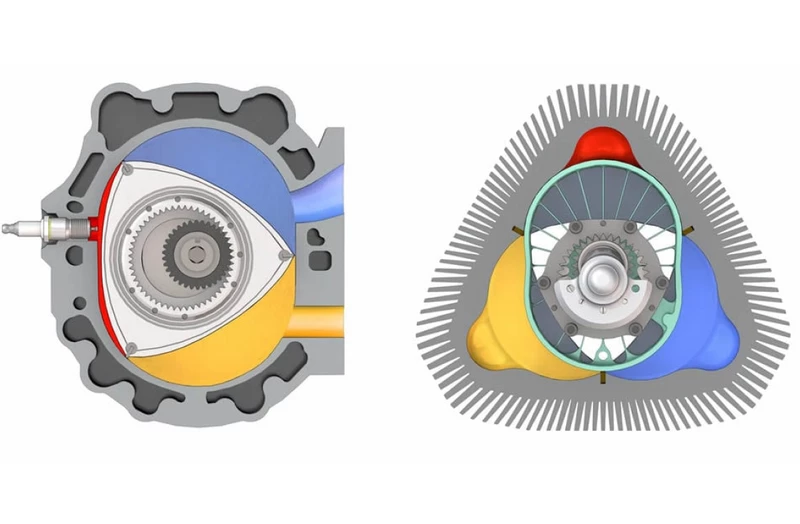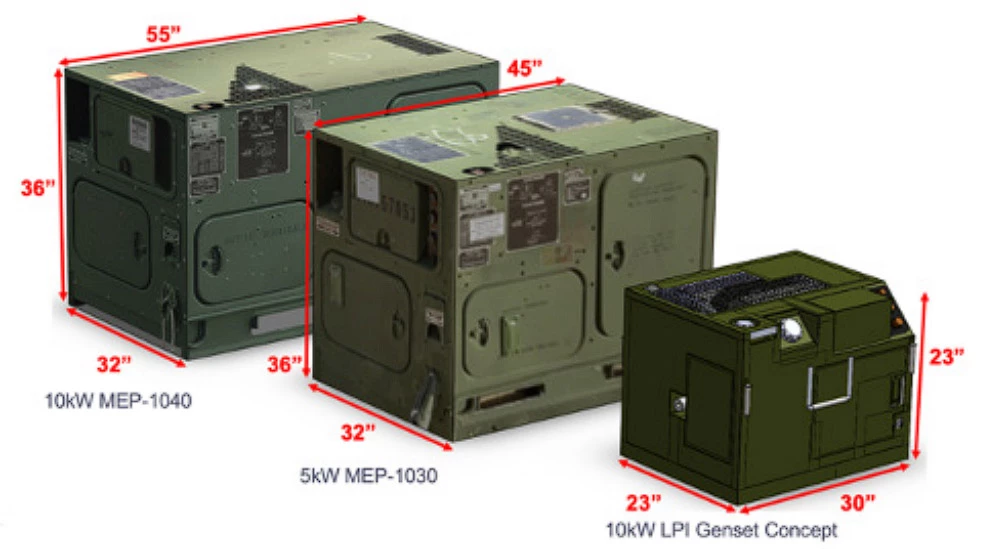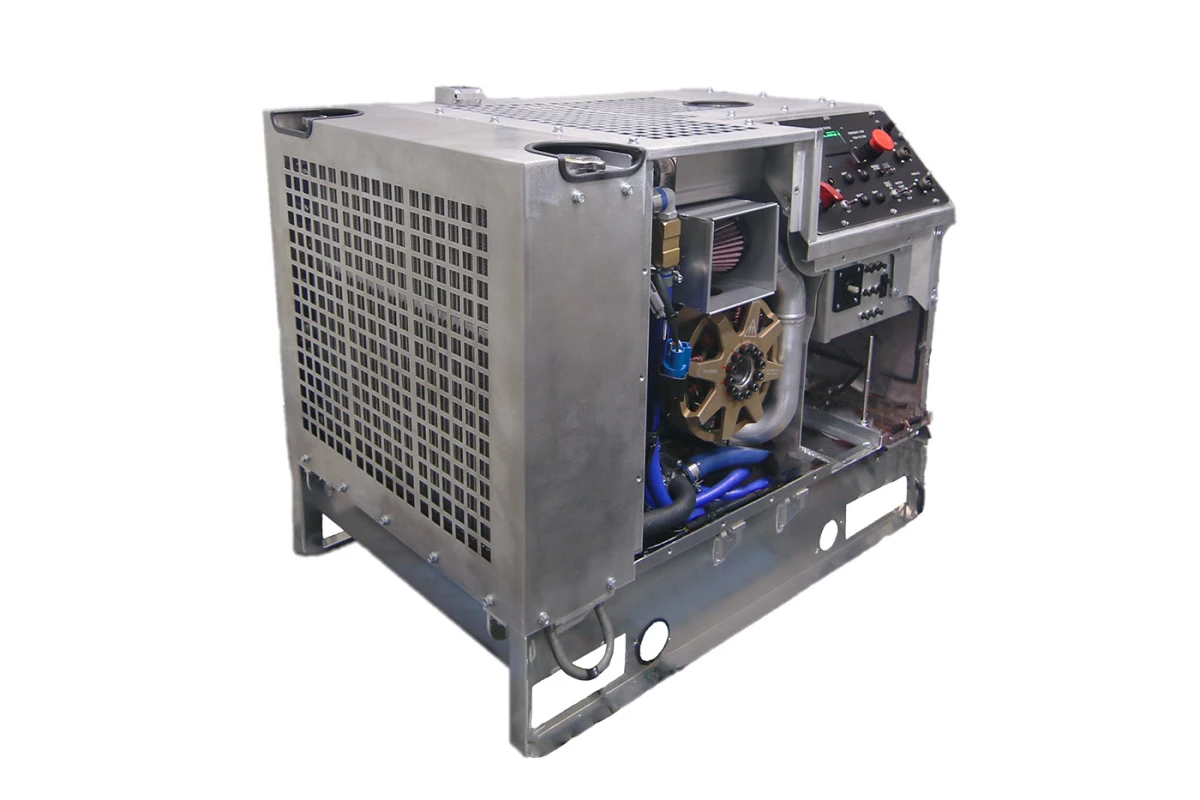LiquidPiston is testing a 10-kW generator it's prototyped for the US military, which it claims is just a quarter of the size and weight of the current model the Army uses.
That means it'll be far easier to store and transport. In fact, at 210 lb (95 kg), the generator can be carried around by four crew members rather than requiring a truck or forklift. It'll only take up about 9 cubic feet of space, compared to the US Department of Defense's (DOD) diesel-powered MEP-1040 genset, which takes up 36.7 cubic feet.
Designed around the company's innovative X engine, this compact generator can run off jet fuel, gasoline, diesel, propane, or hydrogen. The engine itself features a novel design that's kind of like an inside-out Wankel rotary engine, and delivers a jaw-dropping power density of up to 1.5 horsepower per pound.

The Connecticut-based power systems startup has been working on the tech behind this engine, called the XTS-210, for 20 years now. The basketball-sized two-stroke contraption housed within the generator unit weighs about 41 lb (19 kg) and manages 25 hp. Its unique rotary design enables it to deliver five times the power of a diesel engine of an equivalent size, while containing just two moving parts – a rotor and a shaft.
Unlike a Wankel engine that features a triangular rotor inside a peanut-shaped housing, LiquidPiston's design has a peanut-shaped rotor in a tri-lobed housing. It also has a round, stationary combustion chamber that allows for a high compression, as well as the ability to inject fuel directly into the system.

According to co-founder and CEO Alec Shkolnik, the design incorporates stationary apex seals that act sort of like piston rings without bouncing around the housing. That solves durability and emissions issues that you'd typically encounter with Wankel rotary engines. "We also upgraded its cycle to give it much higher efficiency," he told us in a 2020 interview.
To the battlefield and beyond
With its compact size, significantly lower weight, compatibility with existing systems, and easy maintenance, LiquidPiston's generator prototype could be great for military forces that need to power artillery units and other equipment in the field.

It'll be one of the first major steps in taking the XTS-210 engine mainstream. It's previously been tested in small planes and go-karts – but this will give the company a chance to see how durable and reliable its system is on a much larger scale in real-world conditions.
Discussing whether its tech could make it into commercial vehicles back in 2020, Shkolnik explained, "It could be an excellent primary propulsion system for cars, or it could be part of a hybrid system." However, he added that the engines that make it into mass-manufactured cars take a lot of testing and development that runs into the hundreds of millions of dollars. That's why the startup chose to start with a niche application before going wider.
Before that, we'll likely see the XTS-210 take to the skies again. LiquidPiston is packing the engine into a hybrid eVTOL unmanned military aircraft for a demonstration to the US Army later this year. That should give you a sense of just how much of an impact this unique design can have on several industries in a short amount of time.
Source: LiquidPiston via GlobeNewswire






